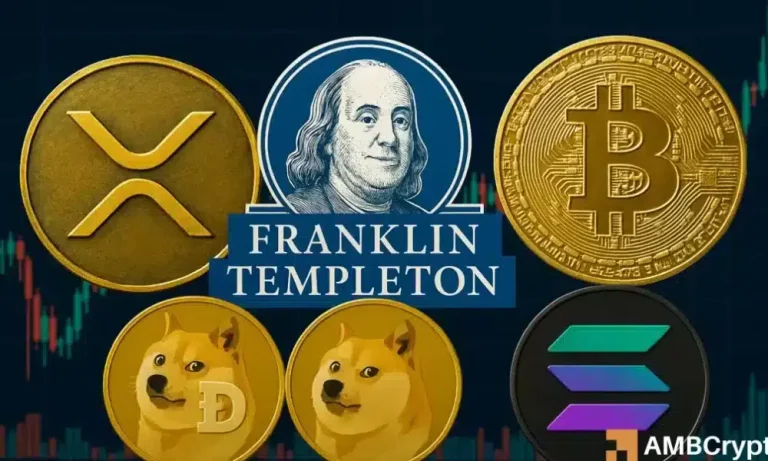
The cryptocurrency landscape continues to evolve, with new products and investment vehicles entering the market each year. However, not all crypto assets are experiencing widespread investor enthusiasm. One such case is the Canary Litecoin ETF, which has recently reported lackluster performance.
Canary Litecoin ETF: A Slow Start
The Canary Litecoin ETF, launched in October 2025, has struggled to gain traction among both institutional and retail investors. For five consecutive trading days, the fund has recorded zero net inflows, a disappointing performance that raises questions about its market appeal. According to data from SoSoValue, the ETF’s net assets stand at just $7.44 million, with cumulative net inflows since its launch barely reaching $7.26 million.
Daily trading activity remains subdued, with a total traded value of $747,600—a stark contrast to the robust performance of other cryptocurrency-focused ETFs like XRP and Solana, which have seen significant investor interest since their debut.
Comparing Litecoin ETF to Others
In comparison, XRP ETFs have reported single-day inflows of $164 million, while Solana ETFs have amassed an impressive $570 million in net inflows since their launch. This disparity highlights the contrasting investor sentiment towards these digital assets and underscores Litecoin’s weaker position in the ecosystem.
Litecoin’s key competitors, such as Bitcoin (BTC) and Ethereum (ETH), continue to dominate the market due to their unique value propositions. Bitcoin is widely regarded as a reliable store of value, whereas Ethereum’s smart contract capabilities attract developers and users alike. Litecoin, despite its longevity and earlier adoption, appears to be struggling to carve out a strong niche in the current market.
Corporate Losses Deepen Investor Caution
Adding to the challenges is the unrealized loss faced by Litecoin’s largest corporate holder, Lite Strategy (formerly MEI Pharma), which holds 929,548 LTC worth $79.33 million. Purchased at an average price of $108 per token, the holding reflects a 20.7% unrealized loss, further dampening market confidence. This corporate decline mirrors the stagnation seen in the ETF sector for Litecoin and signals hesitancy from major investors.
Hope on the Horizon?
However, all is not lost. With Grayscale and CoinShares submitting filings for new Litecoin spot ETFs, there is hope that increased competition and visibility could revive market interest in Litecoin. Grayscale, in particular, commands significant credibility as the largest crypto-focused asset manager.
Additionally, some analysts remain optimistic about Litecoin’s potential. There are predictions for a bullish long-term outlook, with prices potentially reaching four-digit levels in the coming market cycles. This could present an opportunity for investors willing to take a calculated risk.
Why It Matters
The slow performance of the Litecoin ETF may serve as a reflection of broader market trends, where investors are prioritizing assets with clear value propositions and robust institutional adoption. Litecoin, while enduring as a prominent cryptocurrency, must navigate complex competition and develop innovative use cases to capture renewed attention.
A Beauty for Investment Diversification
For those intrigued by the cryptocurrency space but hesitant to dive straight into the volatile waters of direct crypto purchase, ETFs like these remain a viable option. To explore other popular and trusted ETFs—or for broader personal finance and diversification tips—tools like the CNN Business Investment Guide can provide valuable insights.
As investors ponder the current market dynamics, one thing is clear: adaptation and innovation will remain the key for crypto-assets like Litecoin to achieve long-term relevance in the rapidly shifting global economy.



